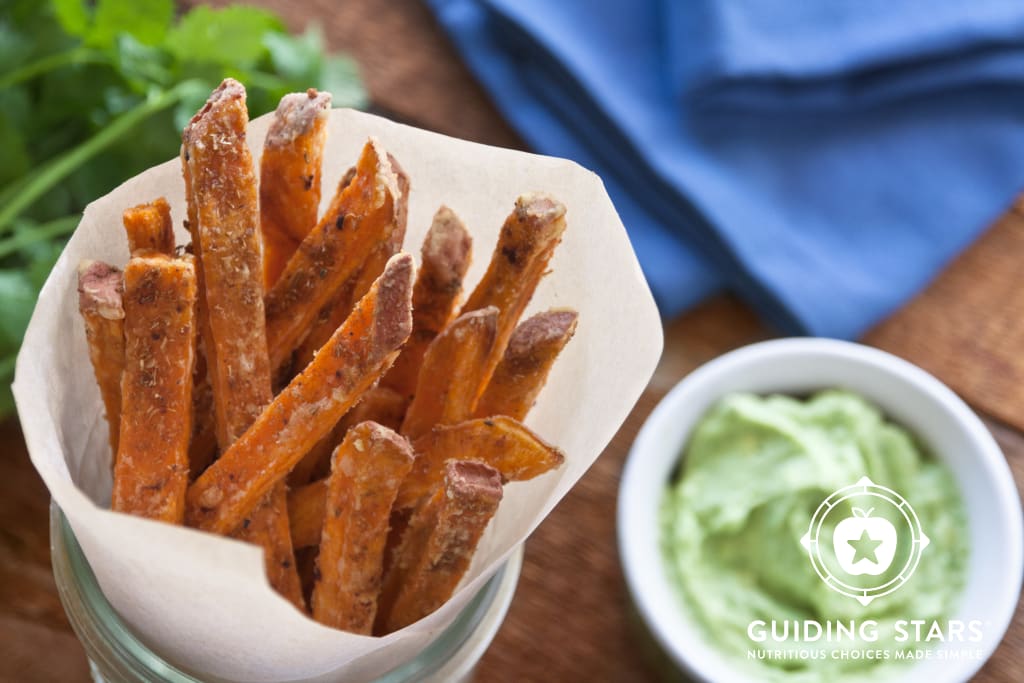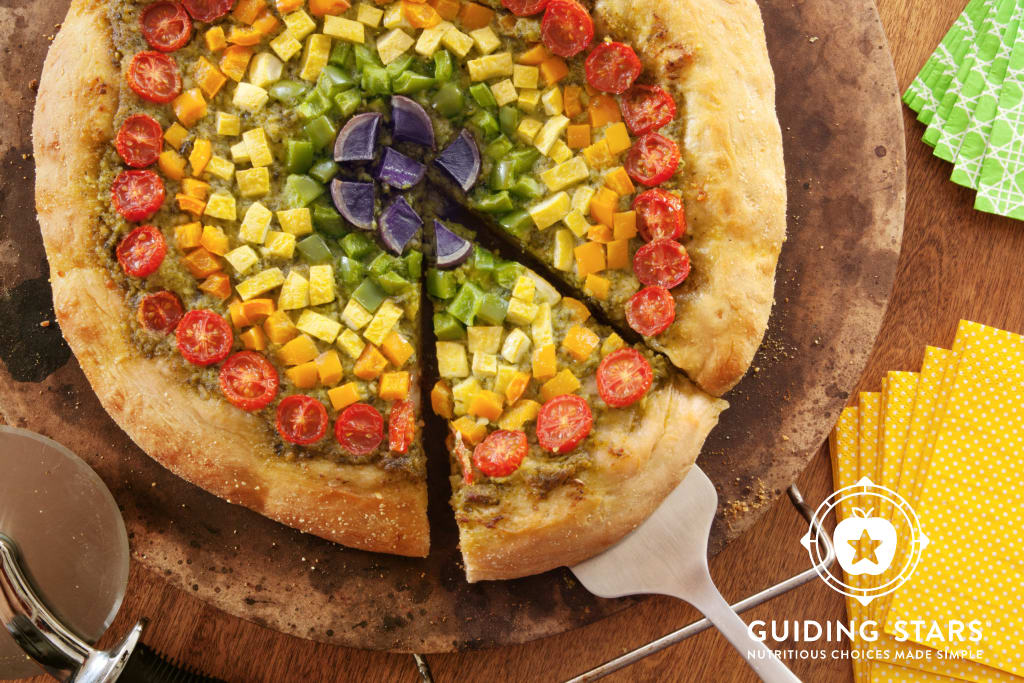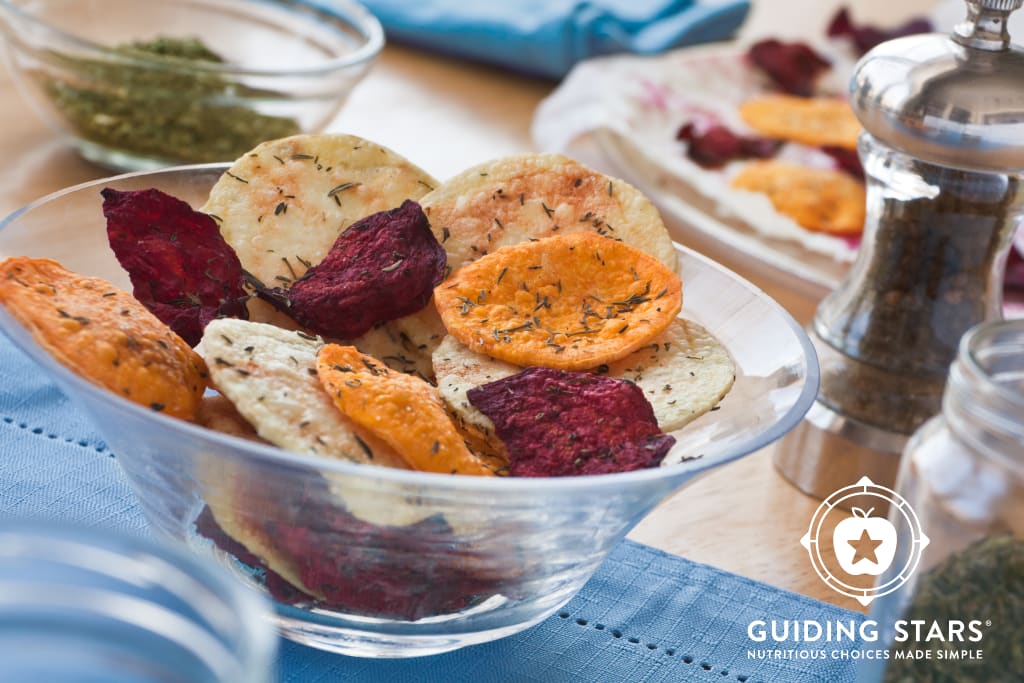
First, as I would say to anyone trying to make a healthy change, the most important things to remember when making a change for yourself is to be kind, patient, and forgiving of yourself…but also, be realistic. Don’t bite off more than you can chew (pun intended). Rather, start with small, reasonable changes and slowly add to those rather than a complete overhaul of your diet. For example, add one extra serving of veggies a day. The same goes when trying to alter or encourage dietary changes for kiddos—especially toddlers who can be as stubborn and unpredictable as the weather in New England. Be realistic and know your audience so that expectations are set appropriately to minimize battles.
No, Thank You
I am strongly against being a short-order cook for my kiddos, but I do give an opt-out option. The rule in our house is that you need to try a “no thank you bite.” Doesn’t matter if you have tried the food before: you need to try one bite before you say “no, thank you.” This tends to relieve pressure, anxiety, and the strong-willed/heal digging that comes with a toddler feeling cornered (or anyone for that matter).
Expectations
Remember your portion sizes. The Guiding Stars program knows that toddlers have a different set of needs from their diet, which is why we have a whole algorithm just for them. Included in these needs are fewer calories or smaller portions than an average adult. Don’t load up the plate, but give small manageable portions of each item on the plate and let them ask for more. There are some great resources for serving sizes and fun meal and snack ideas from Choose My Plate. Another tip I am fond of is to look at your child’s intake over the week rather than meal by meal. This age is about exploring, and while it can be frustrating to have a favorite food suddenly be a “no, thank you,” nutrition is about the bigger picture. Getting too crazy about each meal can be exhausting.
Fun
Eating is about fun, and the more fun it is, the more likely the kiddos will be to try and eat foods. Get creative. Let them eat with their fingers and offer dips for the fun of eating veggies. Use cookie cutters, cupcake papers, fun containers, or straws to make the foods more enticing. Just as we eat with our eyes. Kids are going to be more likely to try a colorful plate and learn through play. Let them be exploratory with their foods. (Yes, even if it makes a mess.)
Comfort and Control
Take some of their favorite foods and doctor them up. For example: add a new veggie to their pizza or throw some peas or broccoli in their mac and cheese. (Make sure you leave some as they typically eat it too, in case their try bite becomes a “no thank you bite.”) Let them add a new veggie or fruit to your cart. Include them in the cooking process to allow them to choose the veggie for dinner or help peel or chop it if age appropriate.
Hidden
Hiding fruits and vegetables is never my favorite strategy and I try to avoid it if possible. I have known some very strong-willed kids but no matter the will it is important to remember the division of responsibility in feeding your child as well as the importance of multiple exposures to flavors. Studies like this one suggest it can take up to ten tries of a food before it becomes familiar and more tolerable taste. Playing with preparation of veggies can alter their flavors significantly, such as carrots taking on a sweeter flavor when cooked so definitely play with your preparations. For the very particular palette you could start with adding items like pureed carrots to soup or sauce or beets to pancakes to make pink pancakes. When using this approach it is important to make sure the flavor of these items are still present to ensure the exposure to the food not just hiding it.
Waste
As a sustainability-conscious human, the amount of wasted food is often soul crushing from both a planet and wallet perspective. This is where portion size is again key: keep portions small and you are less likely to throw out a plate full of “no thank you bites.” Another tip when it comes to fruits and veggies is to use frozen. These are just as nutritious as their fresh counterparts and buying frozen means they won’t get lost in your fridge and spoil. They can be thawed out in small portions at a time to keep from too many leftovers if they won’t be eaten. They are also a great resource for those days when you didn’t get to the store or at times, like now, when you may want to reduce the frequency of your shopping.
Spiced Sweet Potato Fries
The process for getting the fries crispy works for other starchy vegetables, so don’t be afraid to play around with regular potatoes, jicama, or whatever else you can imagine.
View recipe »Roasted Butternut Brains
Making fun shapes like this out of your veggies can make them more enticing.
View recipe »Microwave Veggie Chips
A crunchy and delicious way to include your kids in cooking and tasting different veggie chips.
View recipe »


